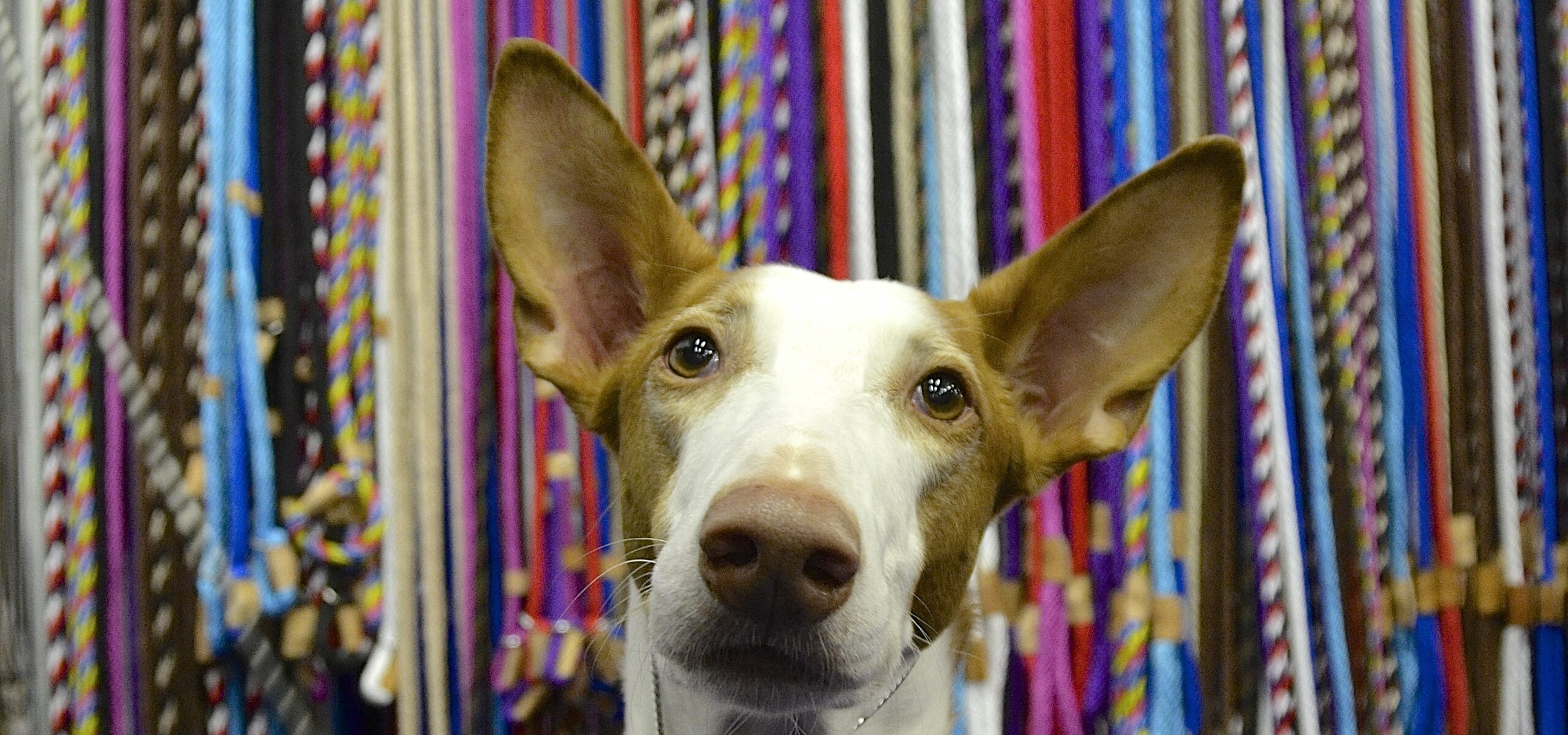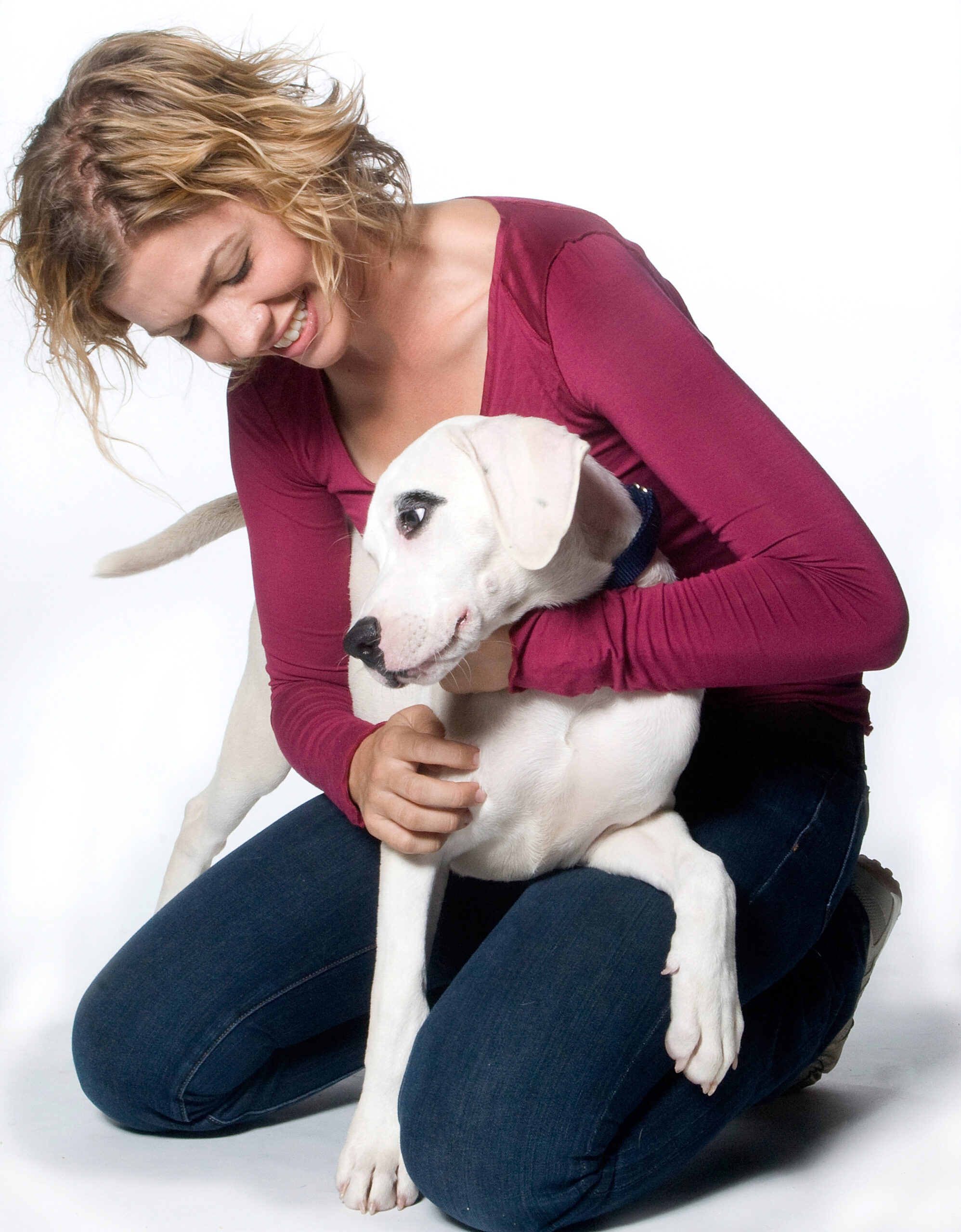
Private Lessons or Group Classes for Dog Training: Which is Best?
One of our apprentice trainers asked me last week if I have a preference for teaching private lessons or group classes. This was one of the many good questions on his list that day and an example of how working with apprentice trainers is a wonderful way for an established trainer to continue to reflect on their profession in an effort to improve. Of course, most importantly, it is also a great way to help spread the word about dog-friendly training by teaching others how to teach dog/handler teams as well.
Initial Response and Personal Preferences
My first response was something along the lines of “Well, I really like both.” But, I could see by the look on his face he wanted a bit more detail. As with everything in life, there are potential pros and cons to group classes and private lessons. And of course, we each have personal preferences. I know plenty of trainers who don’t offer group classes because they have such a strong preference for private lessons, and vice versa.
The Dynamics of Group Classes
I continued by explaining that the dynamic of a group class can be exhilarating. I love the variety of students all in one place and the challenge of helping each dog/handler team. I also find that students can greatly benefit from each other’s presence (as a source of encouragement, enthusiasm, support, and just a pinch of good natured competition). There are many times when the mix of a group class is so wonderful that at the end of the six week course we all (myself, the students and the apprentice) are truly sad to say goodbye. Luckily, we see many students in ongoing education classes (such as level two obedience, tricks and agility). I am most pleased when students cheer each other on at graduation as each team heads up to show off a new skill before receiving their diploma. Talk about positive reinforcement training! Who wouldn’t continue to play the training game with their dog after being applauded for success?
Challenges in Group Classes
Of course, teaching group classes can at times be more challenging than some private lessons. There may be an especially vocal dog in class, or a person who is already beyond frustrated once they arrive at the first class and on the brink of giving up. These situations require special attention that is balanced with providing equal time to each other student. It requires the ability to temporarily veer off from a set curriculum and then get back to it so that everyone in class benefits as much as possible. While some might see these sorts of situations as distractions, I believe that even if some of the students are not dealing with a particular issue (such as a dog who barks excessively) they will benefit from hearing how to handle it. Behavior is a constantly changing thing and I always remind students that there is a first time for everything. For example, their dog may begin to develop a barking issue, and if they had the opportunity to observe someone else working on this issue in a class it may very well help them in the future.
Group Classes for Puppies
In general, group classes are especially advisable for puppies as they provide an invaluable opportunity for the pups to learn in the presence of other dogs. This means they develop the skill to focus on their owners and play with other dogs when allowed to. Trainer moderated puppy play in group classes is a valuable part of a pup’s education.
Private Lessons: A Different Approach
Private lessons are a whole other kettle of fish. Maybe in this case a new saying is in order? They are a whole other bag of kibble! Walking into someone’s home means you are teaching in a new environment for each lesson, and it is someone else’s domain rather than your own classroom. This can be disconcerting for some. But, in the 15 years or so that I have been offering private lessons, I have found that most students do their best to welcome you in and within a few moments their living room has morphed into a mini-classroom.
Benefits of Private Lessons
Private lessons can be a terrific way to help someone get started with training, especially when there is a need for concentrated work on specific issues such as separation anxiety, fear, or aggression. But, even for new puppy parents, we often suggest a private lesson or two prior to enrolling in a puppy kindergarten class. This way they can get started with effective management, handling exercises and teaching manners asap. One of the positives of private lessons, working in a fairly non-distracting environment, may eventually become a bit of a drawback. Once the dog/handler team has developed a good training foundation, working in a classroom setting around other dogs and their people can be a superb way to begin to practice around a variety of distractions that are still somewhat controlled.
Semi-Private Lessons and Scheduling
In some cases, semi-private lessons with two dogs are a good, gradual step towards group classes. Also, while private lessons may be more convenient for some people (as they can schedule them at their leisure), people sometimes wait too long in between private lessons. This can inhibit efficient progress. In this way, group classes may act as a good incentive to be diligent about the commitment to training for six consecutive weeks.
Complementing Each Other: Private and Group Lessons
In most cases, private lessons and group classes complement each other. Offering both allows keeps things interesting and allows for students to have two valuable options. But, it is important to make sure you help people choose which might be best for them at a particular stage in their training plan. After all, there are three main ingredients in regards to a successful recipe for training; the owner, the dog, and the trainer. All three are most likely to have the best possible experience when the right training environment is chosen.
Explore Our Dog Training Courses
Educate your dog with Andrea Arden and her team.
New York | Los Angeles | Connecticut
Share
- Group Classes
- Private Lessons
- Virtual Training
- Puppy Play Groups
- Puppy Training
- Articles & Advice


